How To Stop Separation Anxiety In Dogs: 15 Tips That Works
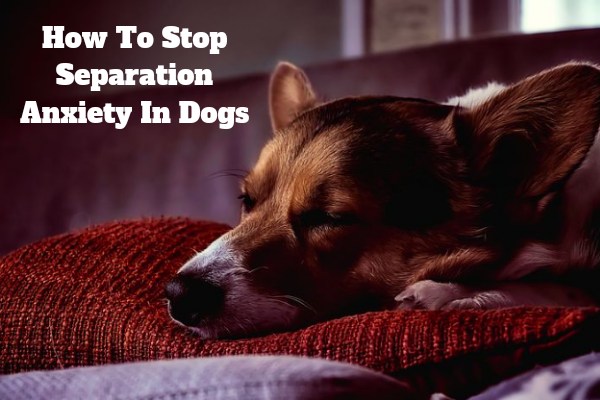
How to stop separation anxiety in dogs is a huge and widely discussed topic among many dog owners and experts, and in this post, we will give our view.
With many years of experience living with dogs, I will outline and discuss some of the most common ways of dealing with, stopping, or preventing separation anxiety in dogs.
There are different signs of separation anxiety in dogs, and understanding these signs can help you figure out how to deal with this condition.
You should also understand what causes separation anxiety in dogs before figuring out how to stop or prevent it.
A combination of these tips can help you resolve separation anxiety in dogs, as they have been used by many dog owners.
So, let’s discuss how to stop separation anxiety in dogs…
How To Stop Separation Anxiety In Dogs
Dealing with separation anxiety in dogs is not a funny business and can sometimes require the services of a professional dog trainer or a vet.
If your dog already has chronic separation anxiety then you should get help from a professional or a vet if you have tried all the steps provided on this page.
Here are the most common and recommended ways of dealing with separation anxiety in dogs you should know:
1. Provide a window view of the outside world
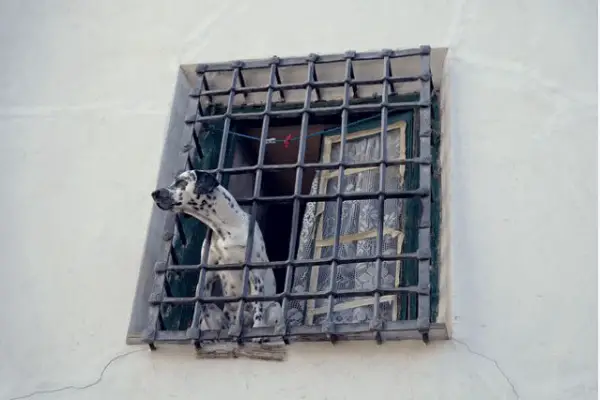
Since one of the major causes of separation anxiety in dogs is being left alone or unattended for a period of time, you can make things easier for your dog.
Providing a clear window view of the outside world for your dog will go a long way to keep him busy while you step out for other things.
You can set up a small step for your dog to climb up to the window and see what is happening around your area, especially if you live in an area that is usually busy in the daytime.
For you to achieve this, you must make sure that you properly socialize your dog to avoid them barking at people or other pets they see from the window, also make the window easy to access.
2. Provide a safe and calming spot for your dog
Every dog feels safe when they have a spot of their own, that is why most unsocialized dogs won’t all people or pets get to their space or bed.
To stop separation anxiety, you need to provide a reference spot for your dog, where your dog associates the spot as a calming and relaxing spot.
Make sure the dog has all he needs in the reference spot like a chewing toy or calming music so that the dog can quickly associate the spot as a safe place.
You can also join your dog in the spot once in a while, however, you should never call out the dog from his safe spot, let the dog come out on its terms. This teaches the dog to go to his safe space when lonely.
3. Start proper crate training sessions
This may sound funny but trust me it works when you get it right, proper crate training sessions can help a dog with separation anxiety but not the chronic type of anxiety.
Crate training is a well-liked puppy training method for a range of problems, including separation anxiety.
When you’re gone for a lengthy amount of time, crate training may provide a safe and calm setting for your dog.
The idea is for the dog to associate enjoyable items such as chew toys and food-releasing puzzle games with his kennel, encouraging him to spend time there.
Dogs may feel safer and more at peace when left alone, so keep a watch on your puppy’s behavior to see whether his anxiety symptoms lessen or worsen.
4. Turn on your TV or radio on before leaving
Another popular method for treating separation anxiety in dogs is to teach them to connect serenity with viewing TV or dog programs.
You may show your dog a variety of dog shows to help them relax and watch while you’re gone.
Obtain as many dog movies as possible and let your dog select the ones that will keep them occupied and quiet.
Teach your dog to sit and watch some dog shows on TV while you’re doing something else.
As a result, while you are away, your dog will enjoy exciting dog shows and remain peaceful.
5. Create and maintain a daily routine
This also works if you get it right, because dogs love to be mentally challenged on a daily basis by keeping them occupied.
Always feed your dog at the same time every day, and make sure he or she gets enough exercise outside.
Do this on a regular basis and don’t stray from it, even if it means paying someone to come in and walk your dog while you’re at work or away.
Take your dog for a long walk before you leave to tire them out. While you are away, this may weary them and put them to sleep.
You should structure your day such that your dog always has something to do to keep him occupied.
6. Get anti-anxiety products
If your dog becomes agitated when you leave, you may need to give them medication to help them relax. Anti-anxiety medications are available to aid your dog.
If you and your dog are unable to resolve your dog’s behavioral difficulties through adjustments or training, a vet can help.
Consult your veterinarian about what medications you may give your dog to help them relax before you leave.
To totally eliminate separation anxiety, get anti-anxiety medications from your veterinarian and spend more time with your dog.
Here are a few examples of common antianxiety products:
- Dog anxiety jacket
- Dog-calming collar
- Antianxiety beds
7. Invest in automatic treats dispenser
This is an excellent approach to keep your dog occupied while you are away from home; dogs enjoy treats and food, which you can use to keep them occupied.
Remember that too many treats are also a concern since they might put your dog’s health at risk.
So, moderation is crucial; you can program the dispenser to drop rewards for your dog over a period of time that is convenient for you.
When you’re at home, start the reward dispenser training so that when you leave your dog and sit, the goodies will fall.
This will keep him occupied for a while, one treat at a time. You can experiment with different times to determine what works best for you and your dog.
8. Bring in a companion pet
Dogs are pack creatures who thrive when they are surrounded by additional family members.
Most dogs are prone to separation anxiety since they were carefully designed to be a human companion and thrive primarily on human company.
If you are not always around, one of the best, if not the best, strategies to minimize separation anxiety in dogs is to have a companion pet as soon as possible.
If you have a companion pet, your dog will be less likely to suffer separation anxiety.
So buy a companion pet for your dog to prevent separation anxiety. Your dog will always have a companion if you get another pet or dog.
9. Try desensitization
Teach your dog that staying away from you sometimes also has benefits. Begin by leaving him for short amounts of time, and progressively expand your time away from him.
If your puppy is already conditioned to go into stress mode when you leave him, consider giving him a high-value reward that he enjoys and that you only use for essential lessons and rewards.
If you offer him a special treat right before you leave, he could start to look forward to it.
Desensitizing your dog to the signs that you’re going might also help him cope with separation anxiety.
10. Stop exit stress signals
Stop all exit signals like picking up your keys that can trigger off separation anxiety in dogs.
When you leave for the day or return, don’t make a big deal about it. Use the no touch, no talk, no eye contact method during departure.
When you return home, Cesar Way says, you’re telling your dog that being away isn’t a huge thing.
It’s just another day at work! You may need to exercise the rule for five minutes or up to an hour before leaving and returning, depending on the intensity of the dog’s fear.
11. Practice short absence sessions
If you really must leave your dog alone at home all day, another alternative is, to begin with, short absences.
Take your keys and depart for 5 to 10 seconds, leaving your dog alone in the house.
While you’re gone through a little hole, keep an eye on your dog.
Before your dog gets into trouble, return home through the front entrance and act normal.
If your dog starts to snarl and howl, do not enter the house; instead, wait until they have calmed down.
12. Provide a stress-free environment
Make your dog’s environment as relaxing and enjoyable as possible.
While creating a potentially stressful atmosphere for your dog, you should bring the same bed, blanket, or mat with you.
Even if stress levels are low, reward your dog on a regular basis for relaxing actions on the mat to teach your dog to associate the mat with relaxation.
When they leave the house, go to the vet, or are presented with anxiety triggers, they have a secure place to go.
13. Make time to play more with your dog
Your dog’s brain is kept active by exposing it to a variety of stimuli, releasing energy, and socializing with other dogs or people.
Participate in sports with your dog, such as agility training, if they are naturally eager.
You’ll improve your bonds while also improving your own and their health.
Treasure hunt is a game that will keep your dog occupied while you are gone.
You may buy a large bag of goodies and conceal them throughout your dog’s area; this will keep your dog occupied and seeking all day.
Again, moderation is crucial, since too many goodies can be harmful. Making out time to play fetch games with your dog can help with separation anxiety.
14. Talk to an expert or vet
If you’ve done everything in this post and still don’t have a solution, it’s time to see a veterinarian.
Consult your veterinarian if your dog is nervous or shows signs of separation anxiety.
If you see any of the symptoms described on this page, contact your veterinarian right once.
If you don’t have access to a veterinarian, an animal behaviorist in your area may be able to help.
15. Hire a dog sitter
After crate training and other approaches, this should be your final resort.
If you’ll be gone for most of the day, consider hiring a dog sitter.
Depending on your state, agreements, and who would watch your dog, a pet sitter for your dog will pay between $20 and $35.
As a consequence, while you are away, the pet sitter will visit your dog on a regular basis till you return.

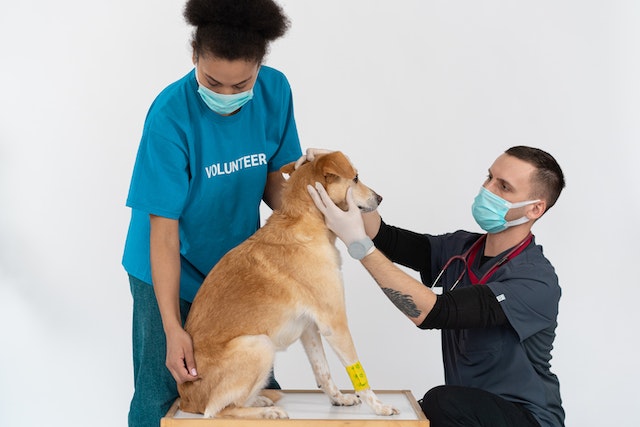
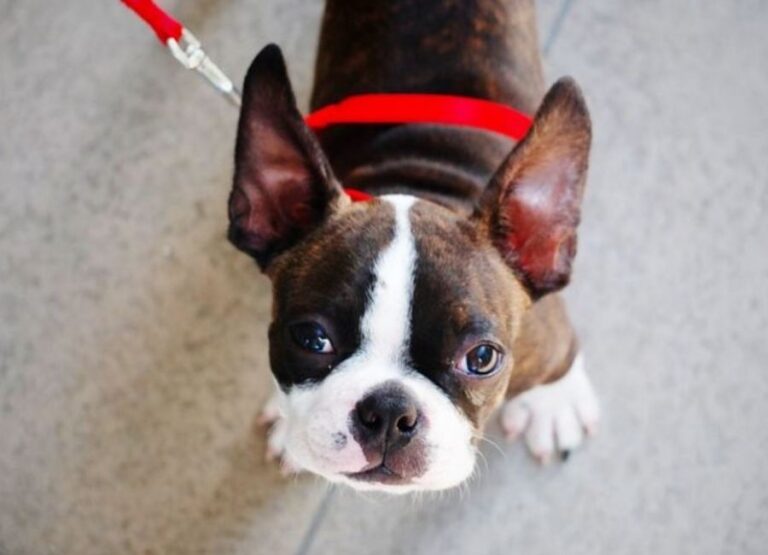
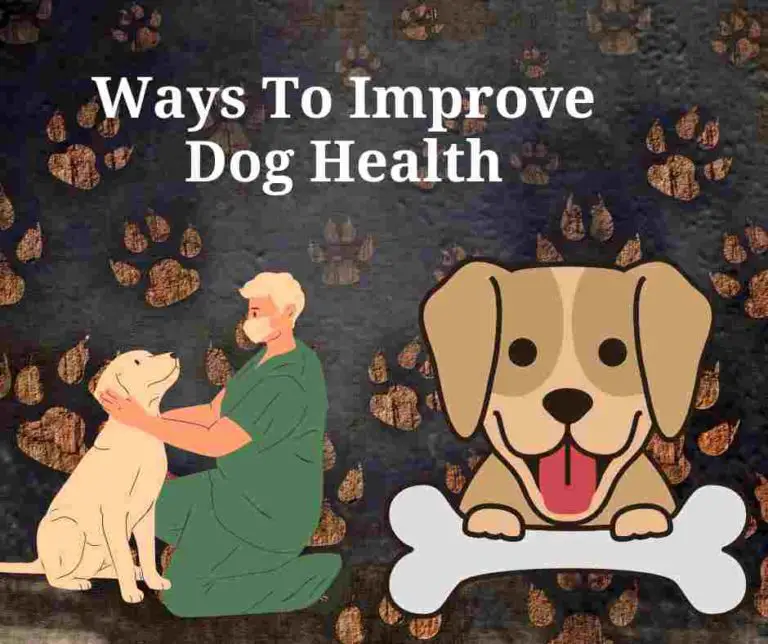
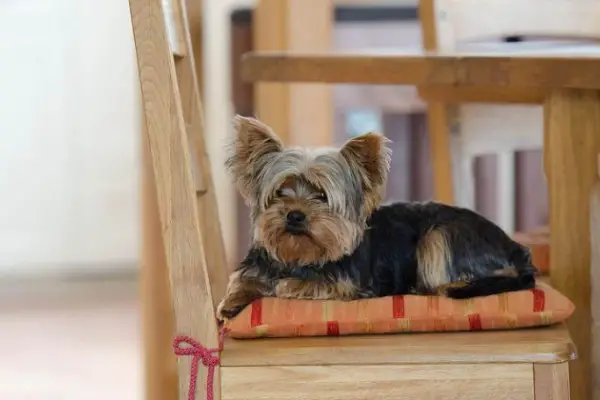
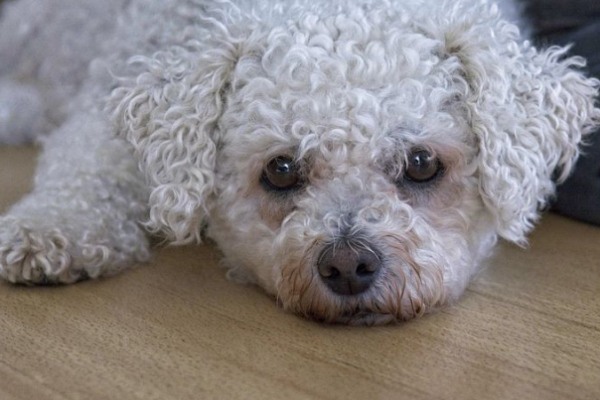
![Dog Traumatized After Spay [Helpful Tips] Dog Traumatized After Spay](https://petcreeks.com/wp-content/uploads/2023/02/Dog-Traumatized-After-Spay-768x555.jpg)